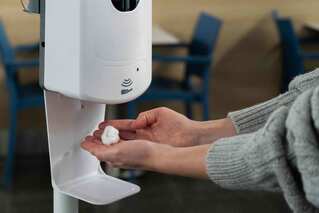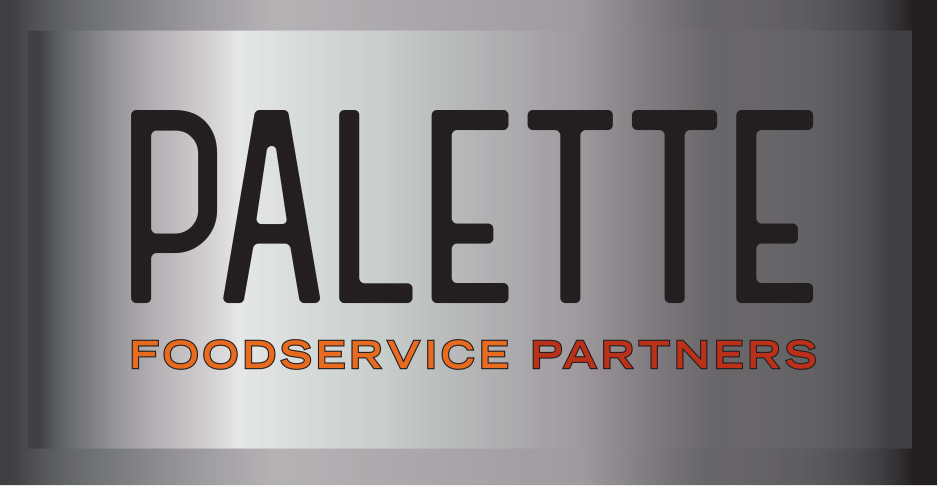|
If you have managed to keep business coming in during the past year, you have likely made major shifts in how you get your food to customers – by creating a curbside pick-up service, developing and expanding upon your delivery service, or both. Has your food safety plan expanded at the same rate? At a time when off-premise sales represent a commanding portion of overall restaurant sales, your commitment to keeping your food safe for guests can’t stop at your front door. Since your standards may differ from those of other restaurants, determine how you want your particular safety values to come through to customers who are enjoying your food beyond your dining room. Trace the path of your to-go orders and anticipate potential problems: Are you using take-out containers that don’t adequately insulate foods? Not enforcing the wearing of masks on your team during curbside pick-ups? Packing bags of food that could tip over easily while in transit? Neglecting to secure containers with tamper-proof seals? Your safety protocols go far in representing your brand right now. What do your safety methods say about you?
Contactless ordering and payment have been on the rise since the beginning of the pandemic – and to be sure, they are safeguards guests appreciate. But there are many other touchpoints in your facility that concern consumers right now. Trace the path of a typical guest in your restaurant – are there touchpoints you can remove or other safeguards you can apply to make them more sanitary? Do guests have to touch parts of your trash bins – both those in restrooms and others placed in or around your dining rooms – to discard waste? Do they have to hand over a table marker to claim their order? When they visit a restroom, do they have to use an air dryer that can spread contaminants through the space? If possible, place contactless paper towel dispensers in restrooms and near bins or compactors. Help limit the need to touch dispensers and door handles throughout your facility – or make it possible for people to sanitize their hands afterwards.
Even after we have a vaccine for COVID-19, the virus will still be with us and there will be a portion of the population especially vulnerable to it. Much like we have adapted our kitchens and food preparation practices for those with gluten allergies, we will likely have to make long-term changes to how we operate to protect against the coronavirus. Think about the ventilation in your facility, the level of interaction among your staff, technology that enables fast and contactless payment, and seamless pick-ups. Are there changes you have made in recent months that feel temporary but could be made permanent – and might help customers feel safer with you in the long term?
|
subscribe to our newsletterArchives
April 2024
Categories
All
|






 RSS Feed
RSS Feed